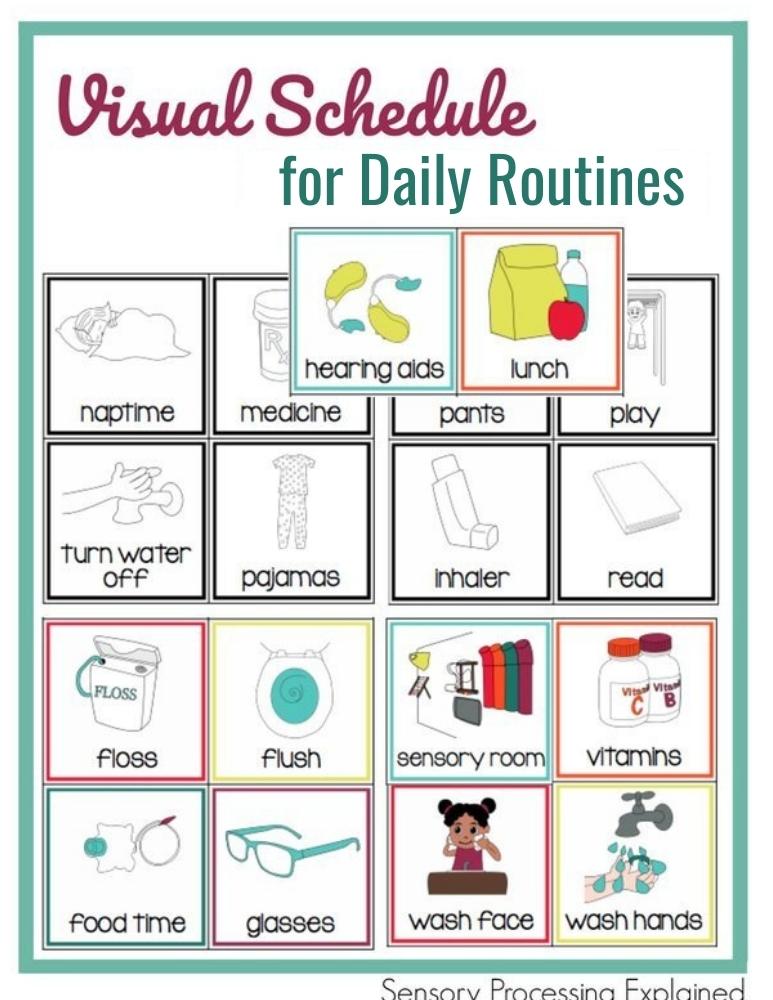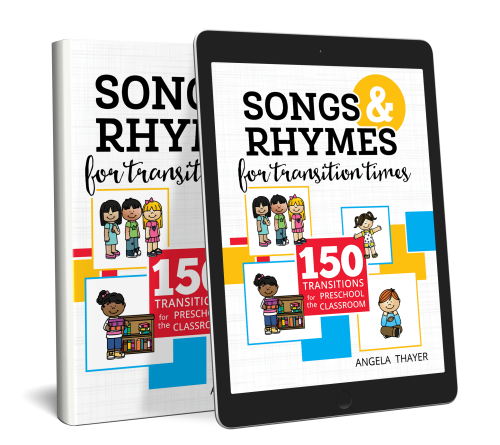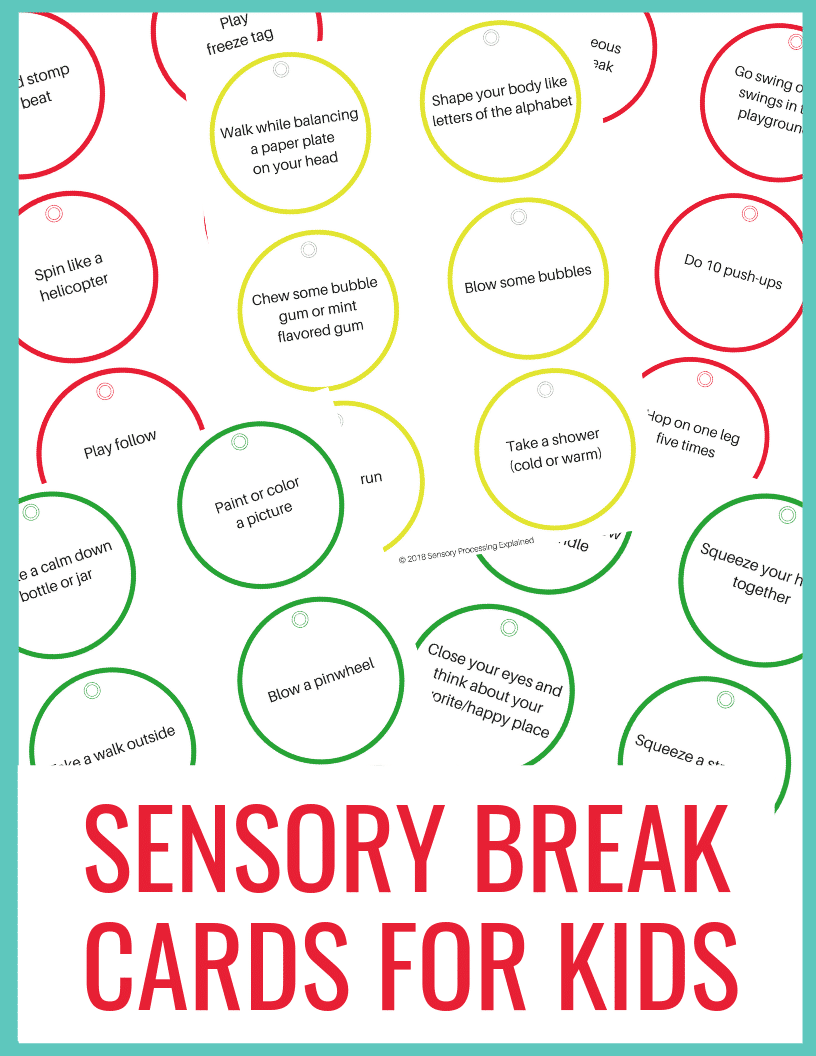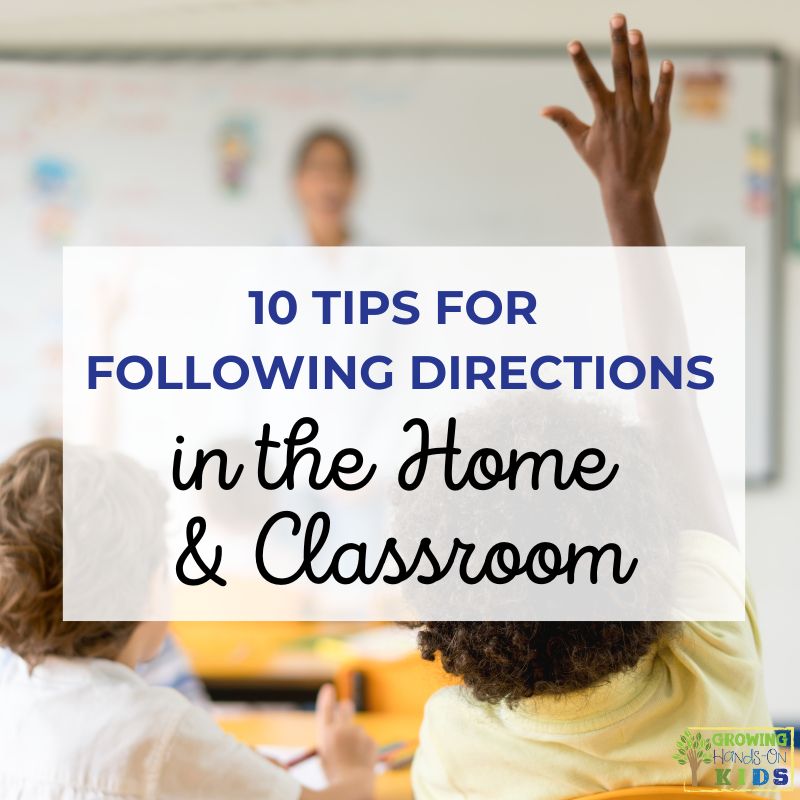6 Transition Strategies for Children
Affiliate and Referral links are used below to promote products I love and recommend. I receive a commission on any purchases made through these links. Please see my disclosure policy for more details. As an Amazon Associate, I earn from qualifying purchases.
Transitions. Whew, these can be a struggle sometimes can't they? You've asked your child to stop playing their game or you are getting back into school after a holiday break (hello January?!). Your child or student's emotional response to these changes can be hard to handle.
We are a homeschool family and this year was the hardest so far in transitioning from summer break back into school. We finally found our groove, but transitions can just be plain hard sometimes. This can include changes in routine, changes in an activity, or even big family changes.
When you add in the dynamic of special needs such as anxiety, ADHD, Autism, or sensory challenges, transitions between what seems to be the smallest things can be the hardest to overcome. Today I want to share some transition strategies for children of all ages.
Why Are Transitions So Hard for Children?
We've all struggled when something happens that we didn't plan for or weren't expecting in a certain scenario. We've all felt that anxiety, fear, frustration, or anger when something doesn't go our way.
When children feel these emotions due to transitions it can often lead to a tantrum or meltdown.
Difficulty with transitions boils down to skills in emotional regulation with managing fear, anger, or frustration. Children aren't inherently born with these skills. They need to be shown and taught.
For further reading on this, you can read Why Do Kids Have Trouble with Transitions from Child Mind Institute.
Transition Strategies for Children
There are many great strategies for helping children to navigate transitions at home, in schools, and in the community. Here are some good ones to start with.
5 Minute Warning (Use with Visual Timer)
Giving children warnings of upcoming transitions can help them know what to expect. Sometimes just giving a verbal 5-minute warning is not enough. Using a visual timer is a great way to give children something tangible to tell how much time is left.
For older children, you can use a timer on a cell phone or clock. For younger children, I like these timers that have the disappearing red line. As time counts down, the red line gets smaller.
Use a Visual Schedule
Difficulty with transitions can stem from anxiety or not wanting to move on to a new activity from a preferred activity. Using a visual schedule for the day helps your child know what to expect. This helps to decrease anxiety and also sets up a typical routine or schedule for the day.
Visual schedules work for daily routines at home, in school, or even in therapy sessions. I often used visual schedules within my sessions so a child knew what we were doing for that half an hour.
Visual schedules can be as simple as writing out the schedule for children who can read or drawing pictures with words for younger children. Or you can purchase a visual schedule and laminate it and have it hanging or cut out and put on a binder ring to take with you.
I created a visual schedule for daily routines that has black and white and colored picture options for many typical activities at home or school. Click here to check it out.
Songs for Transitions
Music has an amazing effect on all of us. Using songs to help with transitions is especially popular in preschools, but can be used at home or with older children too.
My friend Angela wrote an awesome ebook, Songs & Rhymes for Transitions, filled with 150 songs and rhythms for transitions. It is geared towards a preschool classroom, but there are still many you could use for home or a therapy session.
There are also many great songs on YouTube that you can use.
Sensory Breaks
All children benefit from sensory or movement breaks, but they are especially awesome to use between transitions in an activity or environments in the school (like between lunch/recess and coming back into the classroom).
Sensory and movement breaks are also a great idea for older children who may be beyond the songs and rhymes for transitions.
If you need some specific sensory break ideas, I created these Sensory Break Cards for Kids. They are specifically for kids who can read, but I am hoping to create some others with pictures soon.
Social Stories
Social stories are often used with children who have Autism and is an evidence-based practice concept developed by Carol Gray.
What are social stories? Carol Gray describes it as a “social learning tool that supports the safe and meaningful exchange of information between parents, professionals…” (source).
Social stories can be beneficial for many children, especially those who struggle with transitions or novel (new) tasks. Social stories can be used to help ease anxiety about a stressful environment or situation and give the child tools to cope with that anxiety.
How to Write a Social Story with Visual Supports – Your Therapy Source
Printable Social Stories for Kids – And Next Comes L
More Resources for Transition Strategies
Here are some further tips, tools, reading, and resources for transitions.
Transition Strategies for Kids – The Chaos And The Clutter
10 Calming Techniques & Transition Strategies for Kids – The Inspired Treehouse
How to Help Kids Who Struggle with Daily Transitions – CBC.CA
Visual Schedule for Daily Routines – Sensory Processing Explained
Sensory Break Cards for Kids – Sensory Processing Explained
Songs & Rhymes for Transitions – Teaching Mama
You May Also Like:

Heather Greutman, COTA
Heather Greutman is a Certified Occupational Therapy Assistant with experience in school-based OT services for preschool through high school. She uses her background to share child development tips, tools, and strategies for parents, educators, and therapists. She is the author of many ebooks including The Basics of Fine Motor Skills, and Basics of Pre-Writing Skills, and co-author of Sensory Processing Explained: A Handbook for Parents and Educators.







